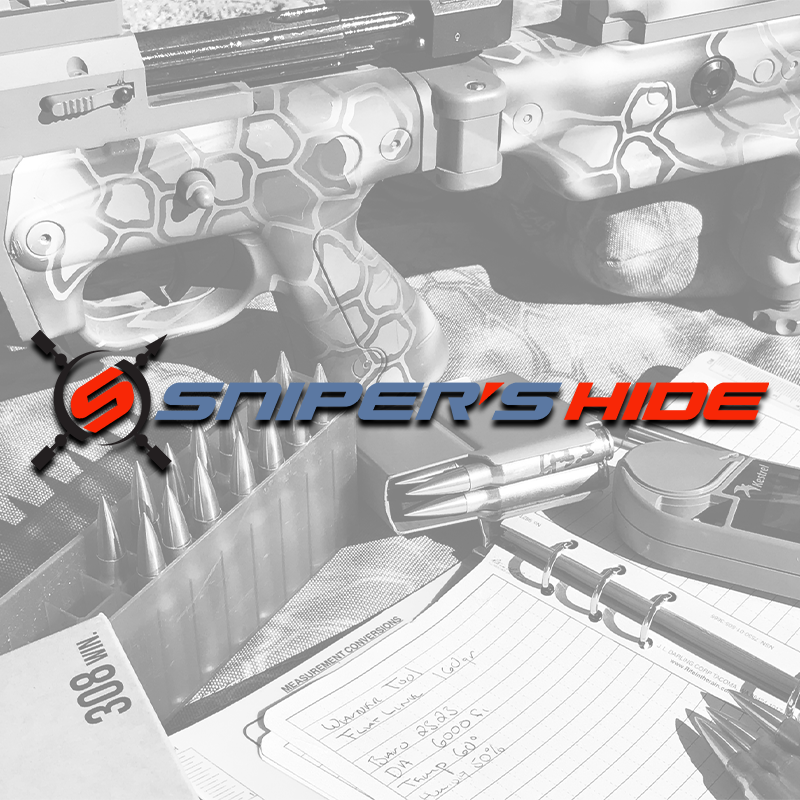Is there any storage, environmental, or similar conditions you guys have observed or tested and discovered that can cause a change in reloading components or accelerate/decelerate a change?
Just wondering about things like storing primers in sealed bags with oxygen absorbers versus just in their factory boxes, powder being left in a hopper (does it matter if your reloading room is dark?), component age (some people say they use the same jug of powder for years), humidity in reloading room, or cold/warm cycles in storage.
Sometimes I will get a velocity change with the same components and I can not identify the cause. I actually had some ammo chrono faster on a cold day and it made me think my chrono was off.
Interested in thoughts, opinions, personal or professional tests.
Just wondering about things like storing primers in sealed bags with oxygen absorbers versus just in their factory boxes, powder being left in a hopper (does it matter if your reloading room is dark?), component age (some people say they use the same jug of powder for years), humidity in reloading room, or cold/warm cycles in storage.
Sometimes I will get a velocity change with the same components and I can not identify the cause. I actually had some ammo chrono faster on a cold day and it made me think my chrono was off.
Interested in thoughts, opinions, personal or professional tests.


